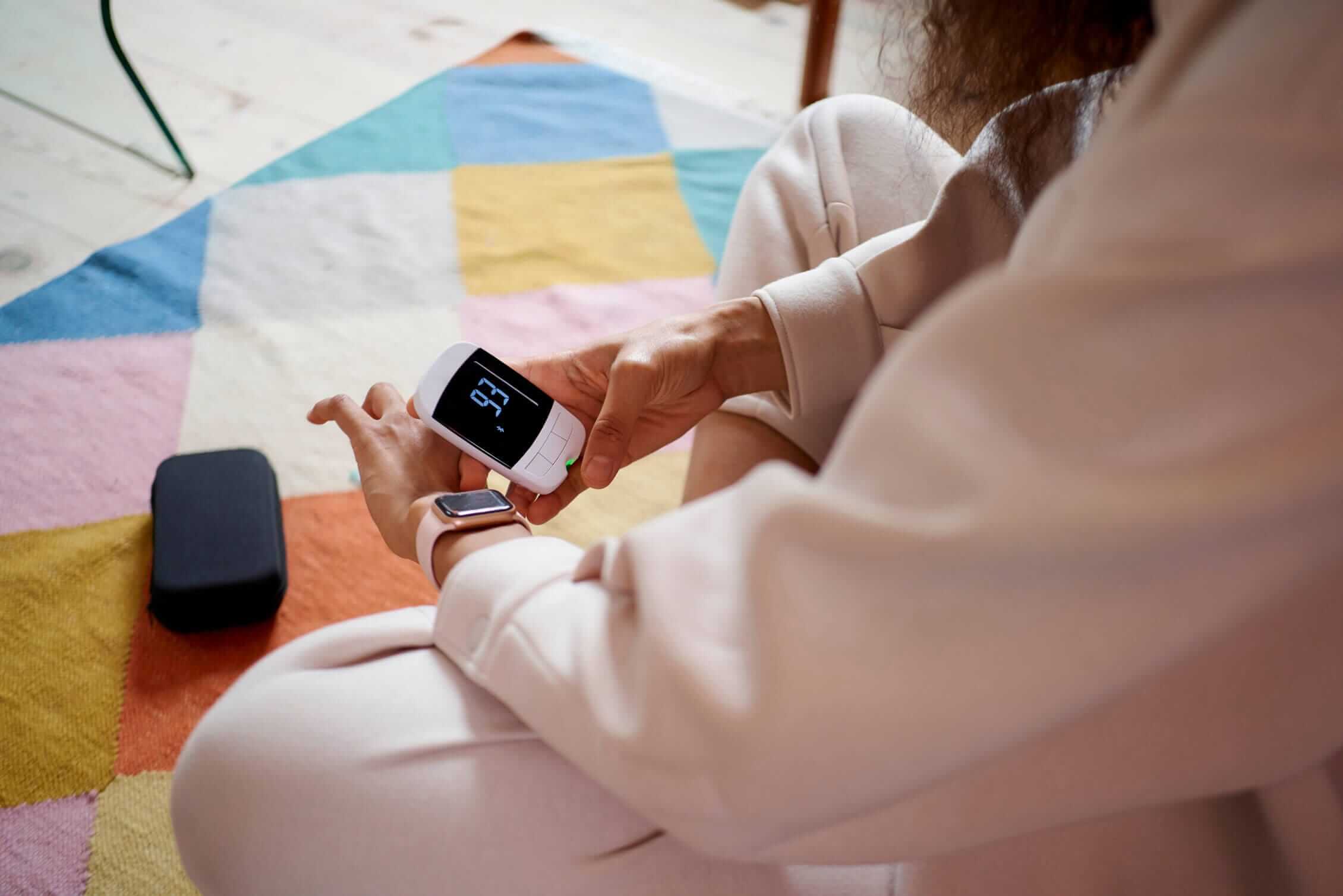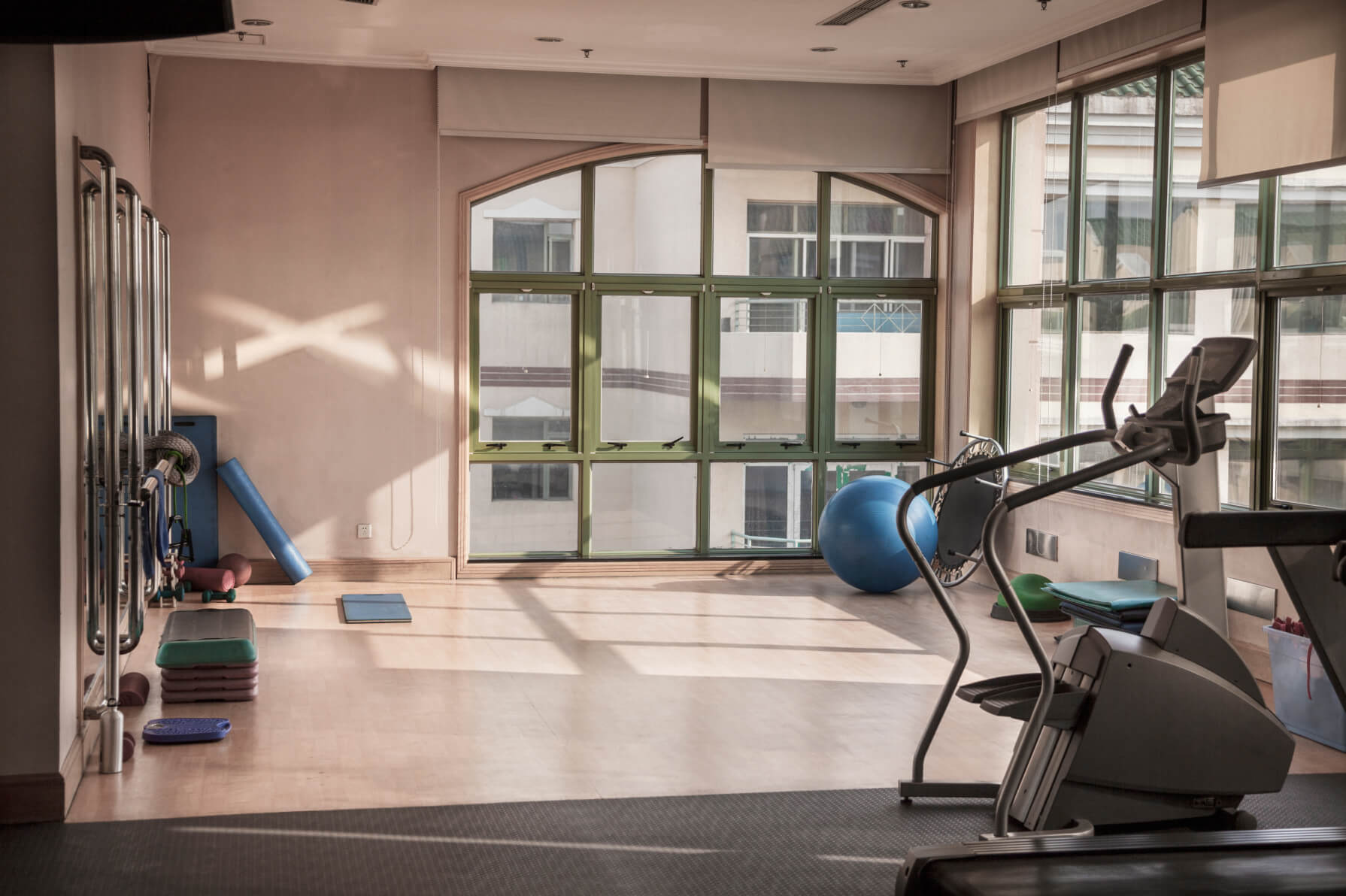This content was created on behalf of the advertiser by the foundry at Dotdash Meredith.
Regular exercise is an important part of a healthy lifestyle for everyone, and especially for those living with type 2 diabetes.
However, physical activity can also pose certain risks for people with diabetes, so there are some factors to keep in mind before lacing up your running shoes. Here are five tips for exercising with type 2 diabetes.

Check with
your doctor first
Before beginning any exercise program, talk with your doctor about any risks you need to consider or modifications you may need to make. Your doctor can suggest the best types of exercise for you, or tell you if there are certain types of workouts you should avoid.
Drink plenty of fluids before, during and after your workout
Dehydration can be especially dangerous for people with type 2 diabetes because it can raise your blood sugar. There isn’t a specific recommendation regarding water intake for people with diabetes, but the general recommendation is about 15.5 cups a day for men and 11.5 cups a day for women.


Check your blood sugar before you exercise
There may be times when your blood sugar is too low or too high for you to exercise safely. If your blood sugar is lower than 100 mg/dl, eat a small snack that contains 15 to 30 grams of carbohydrates, like fruit or crackers, before starting your workout. On the other hand, if your reading is higher than 240 mg/dl, your blood sugar may be too high to work out.

Wear supportive shoes
People living with diabetes are at an increased risk of impaired circulation and nerve damage in the feet, so it’s important to make sure your shoes provide proper support. Wear cotton socks to prevent blisters and athletic shoes that fit well.
Keep a snack with you while you work out
Your blood sugar may dip during your workout, especially if you are working out longer or with more intensity than usual. Check your blood sugar every half hour and stop working out if it goes below 70 mg/dl or you start to feel shaky or confused. Keep glucose tablets or fruit juice with you in case you need to quickly raise your blood sugar.
Exercise is an important part of managing type 2 diabetes, but you
may need to take some precautions before heading out for a run or a bike ride. Talk with your doctor about how and when to exercise safely, what types of workouts are best for you and which ones to avoid.


